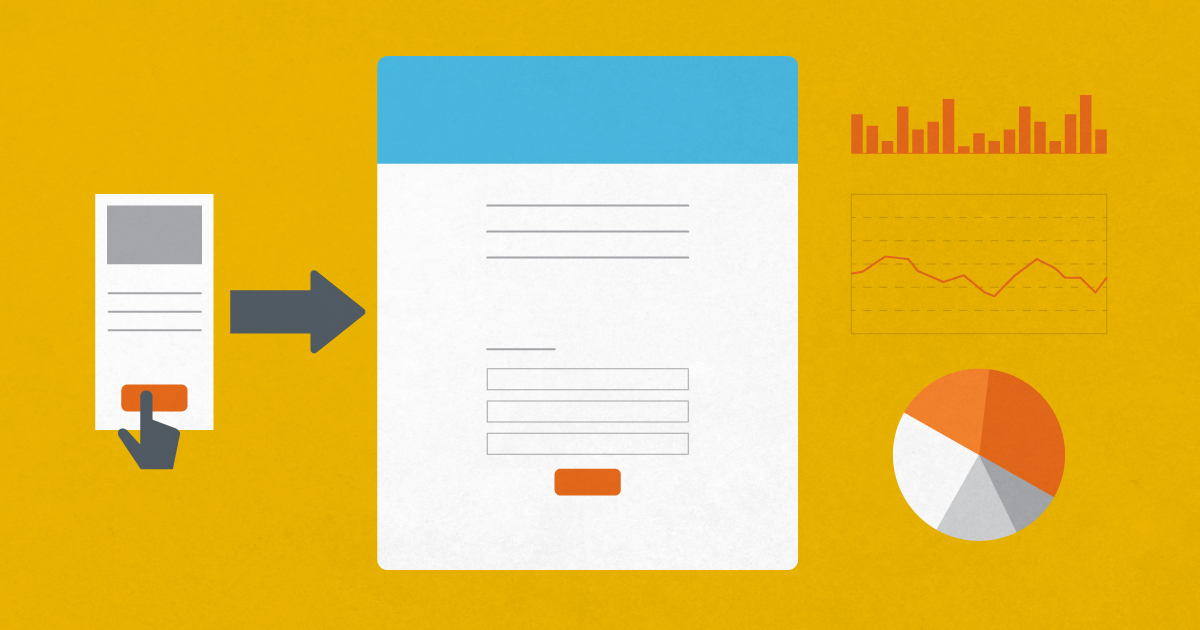Standard Web Page vs. Landing Page
10.25.23 · Greteman Group
Web pages and landing pages are essential components of a successful online presence. While both serve a purpose in a website’s ecosystem, they are designed with different goals and objectives in mind. Let’s explore the purposes of and differences between standard web pages and landing pages to help you make informed decisions for your online strategy.
Standard Web Page
Let’s begin with standard web pages. While they may seem pretty self-explanatory, you might be surprised by some functional benefits that aren’t typically recognized. Standard web pages host:
- Diverse Content – They provide an opportunity to showcase your brand’s story, products, services, and thought-leadership pieces.
- Navigation Hub – Web pages are the backbone of your website and typically include navigation menus to help visitors explore different sections of your site. They offer a comprehensive overview of your website’s content.
- SEO and Organic Traffic – They are key for search engine optimization (SEO). These pages can rank in search engine results, driving organic traffic to your website. It’s important to note that high-quality, informative content is crucial for SEO success.
- Audience Engagement – Web pages foster audience engagement, encouraging visitors to explore multiple sections of your website. They can be a space for interaction, comments, and sharing.
Landing Page
Landing pages are quite different, as you’ll see as we walk through. Let’s take a look at what they’re used for:
- They Have a Single-Goal Focus – Landing pages are designed with a specific, singular goal in mind, such as capturing leads, promoting a product, or encouraging a particular action (e.g., downloading an e-book or signing up for a webinar).
- Minimal Distractions – Unlike standard web pages, landing pages minimize distractions. They often lack navigation menus, sidebars, and extraneous links to keep visitors focused on the primary call to action (CTA).
- Conversion Optimization – The main purpose of a landing page is to convert visitors into leads or customers. These pages are meticulously crafted to maximize conversion rates through persuasive copy, compelling visuals, and clear CTAs.
- Paid Advertising – Landing pages are often used in paid advertising campaigns, like Google Ads or social media ads. They provide a tailored experience for visitors arriving from those ads, ensuring message consistency.
- Tracking and Analytics – Landing pages are ideal for tracking and analytics. Marketers can monitor conversion rates, A/B test different elements, and gather valuable insights into visitor behavior.
As you can tell, standard web pages and landing pages are both crucial components of a successful online strategy, each with its own purpose. Web pages are versatile and informative, serving as the backbone of your website, while landing pages are designed for specific conversions and are highly focused on their goal. Understanding these differences will help you create a well-rounded online presence that effectively engages and converts your audience.
